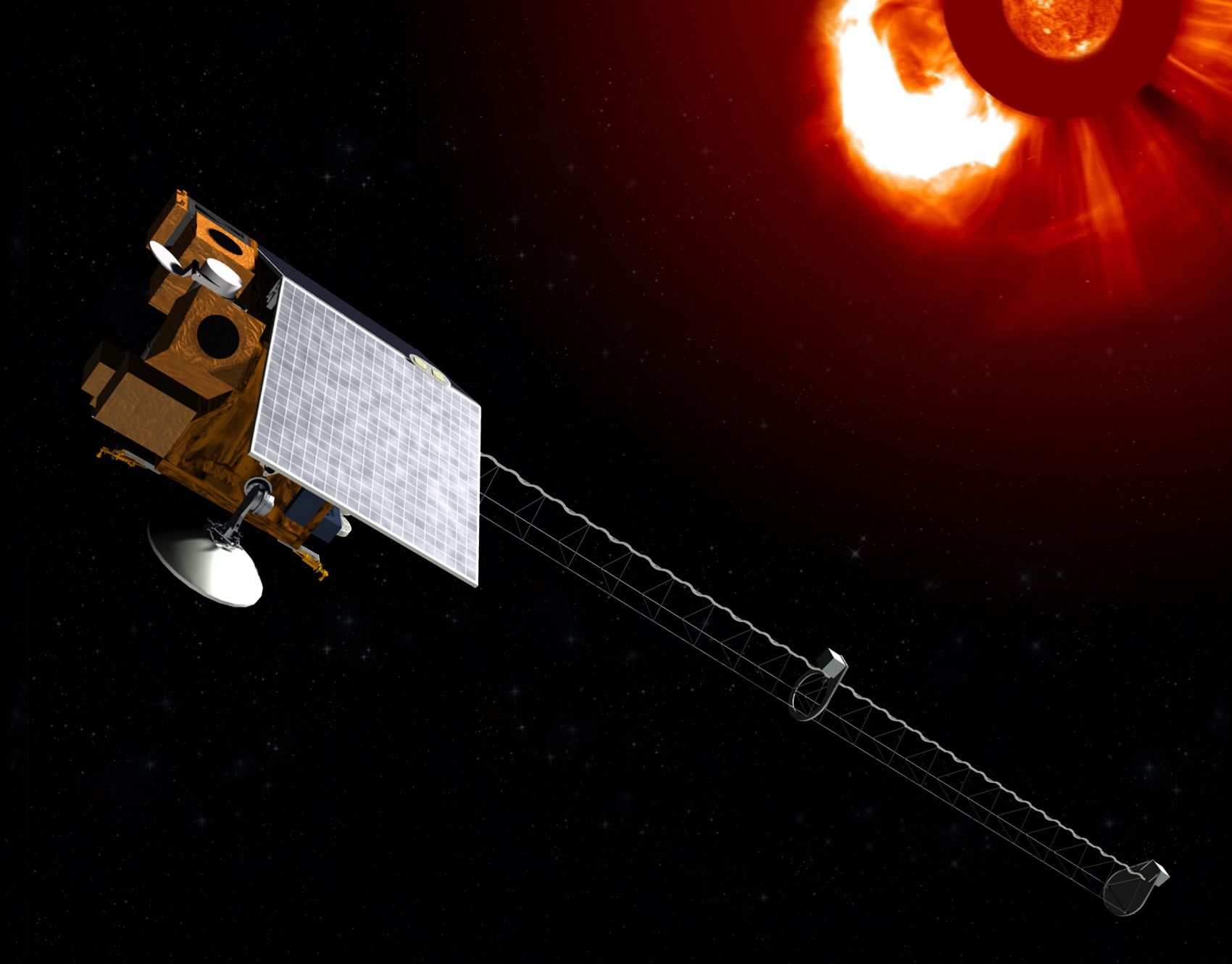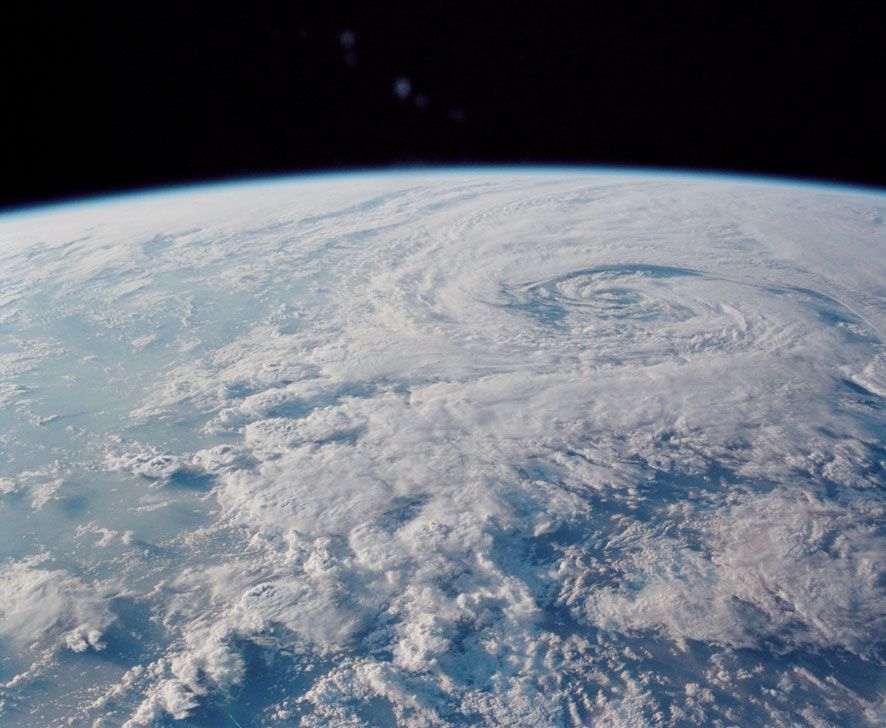Ball completes design review of new weather satellite

BROOMFIELD — Ball Aerospace & Technologies Corp., a division of manufacturer Ball Corp. (NYSE: BALL), has completed critical design review of the Space Weather Follow On-Lagrange 1 spacecraft, which it is building for the National Oceanic and Atmospheric Administration.
Completing the review means that Ball is clear to begin production and testing of the spacecraft.
The space-weather spacecraft is expected to launch in 2025. It will collect solar wind data and coronal imagery to monitor and forecast impacts from solar storm activity, according to a press statement.
SPONSORED CONTENT
“The impacts of solar events such as coronal mass ejections can be significant, from knocking out communications satellites to disrupting the power grid,” Makenzie Lystrup, vice president and general manager of Civil Space for Ball Aerospace, said in a written statement. “SWFO will be an important tool in NOAA’s mission to monitor space weather, provide timely and accurate warnings, and help minimize the impact of these events on our infrastructure and economy.”
NASA selected Ball Aerospace for the project in partnership with the NASA Goddard Space Flight Center. Ball will also perform satellite-level testing, help train the flight operations team, check out the satellite in orbit and support mission operations.
Ball Aerospace is also building an operational environmental satellite for the U.S. Space Force Space and Missile Systems Center called the Weather System Follow-on – Microwave. That satellite will host an energetic charged particle space weather sensor in addition to its primary instrument to measure ocean surface vector winds and tropical cyclone intensity, the press statement said.
BROOMFIELD — Ball Aerospace & Technologies Corp., a division of manufacturer Ball Corp. (NYSE: BALL), has completed critical design review of the Space Weather Follow On-Lagrange 1 spacecraft, which it is building for the National Oceanic and Atmospheric Administration.
Completing the review means that Ball is clear to begin production and testing of the spacecraft.
The space-weather spacecraft is expected to launch in 2025. It will collect solar wind data and coronal imagery to monitor and forecast impacts from solar storm activity, according to a press statement.
“The impacts of solar events such as coronal mass ejections can be significant, from knocking out…




